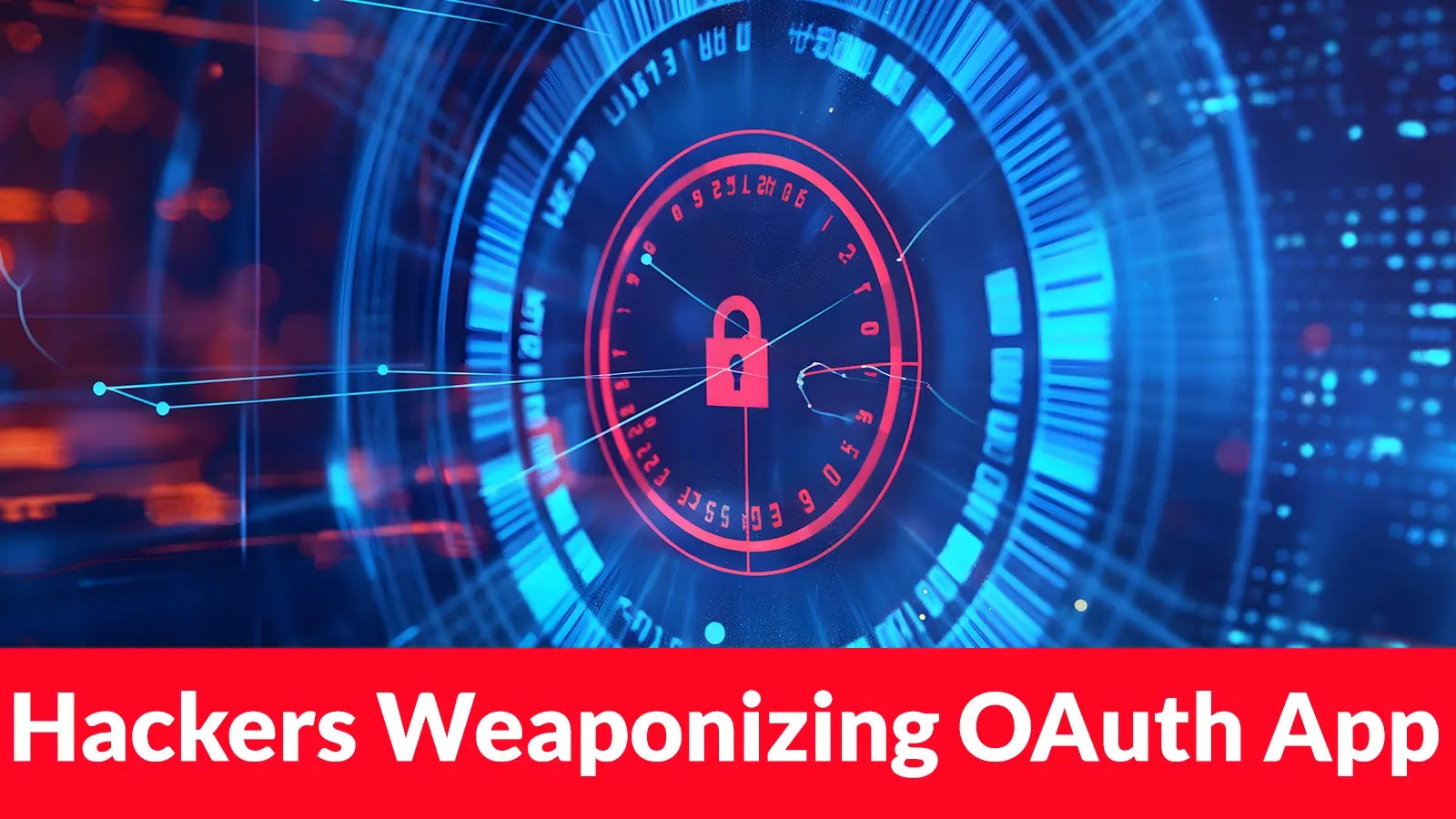In recent developments, cybercriminals and state-sponsored entities have refined their tactics to exploit OAuth applications, securing enduring access to compromised cloud environments. This method allows attackers to retain control over critical organizational resources, such as email accounts, document repositories, and communication platforms, even after affected users reset their passwords.
Understanding OAuth Exploitation
OAuth, or Open Authorization, is a widely adopted protocol that enables third-party applications to access user data without exposing login credentials. While designed to enhance security and user convenience, OAuth’s inherent trust mechanisms can be manipulated by malicious actors to establish persistent footholds within cloud infrastructures.
The Attack Vector
The exploitation process typically unfolds as follows:
1. Initial Compromise: Attackers employ sophisticated phishing campaigns, often utilizing reverse proxy toolkits, to deceive users into divulging their credentials and session cookies.
2. Application Registration: With access to a compromised account, the attacker registers a new internal application within the organization’s cloud environment. This application is configured with specific permissions that grant access to sensitive resources.
3. Establishing Persistence: The malicious application is designed to operate independently of the user’s credentials. Consequently, even if the user changes their password or implements multifactor authentication, the application retains its authorized access.
Technical Implementation
The technical sophistication of these attacks is noteworthy:
– Automated Deployment: Attackers utilize automated tools to streamline the registration and configuration of malicious OAuth applications, aligning permission scopes with their objectives.
– Ownership Assignment: The compromised user account is designated as the owner of the newly created application, lending it an appearance of legitimacy within the organization’s environment.
– Credential Generation: Cryptographic client secrets are generated, serving as the application’s authentication credentials. These are often configured with extended validity periods, sometimes up to two years, ensuring prolonged access.
– Token Collection: The automation process collects various OAuth token types, including access tokens, refresh tokens, and ID tokens, each playing a role in maintaining persistent access.
Real-World Incidents
Proofpoint researchers have documented instances where attackers, operating through VPN proxies, created internal applications with permissions such as Mail.Read and offline_access. These applications maintained access for several days, even after the victims changed their passwords.
Implications for Organizations
The ability of attackers to maintain access despite credential changes poses significant security challenges:
– Data Exfiltration: Persistent access allows for continuous monitoring and extraction of sensitive information.
– Reconnaissance: Attackers can conduct prolonged surveillance, mapping out organizational structures and identifying further vulnerabilities.
– Subsequent Attacks: The foothold can be used to launch additional attacks, such as deploying malware or initiating business email compromise schemes.
Mitigation Strategies
To defend against such sophisticated attacks, organizations should consider the following measures:
1. Regular Audits: Conduct thorough audits of all registered applications within the cloud environment to identify and remove any unauthorized or suspicious entries.
2. Enhanced Monitoring: Implement monitoring solutions that can detect unusual application registrations or access patterns.
3. User Education: Train employees to recognize phishing attempts and the importance of safeguarding their credentials.
4. Conditional Access Policies: Establish policies that restrict application permissions based on specific conditions, such as device compliance or geographic location.
5. Revocation of Unused Applications: Regularly review and revoke permissions for applications that are no longer in use or necessary.
Conclusion
The weaponization of OAuth applications represents a significant evolution in cyberattack methodologies. By exploiting the trust inherent in cloud authentication systems, attackers can establish and maintain persistent access to organizational resources, circumventing traditional security measures. Organizations must adopt a proactive and comprehensive approach to cloud security, emphasizing continuous monitoring, user education, and stringent access controls to mitigate this emerging threat.



